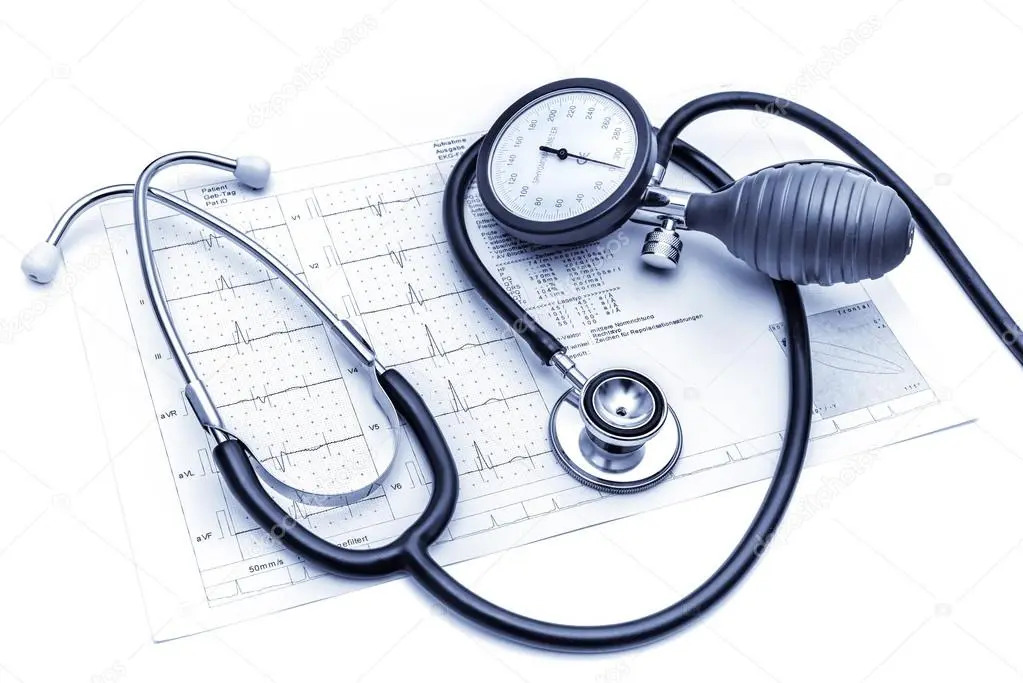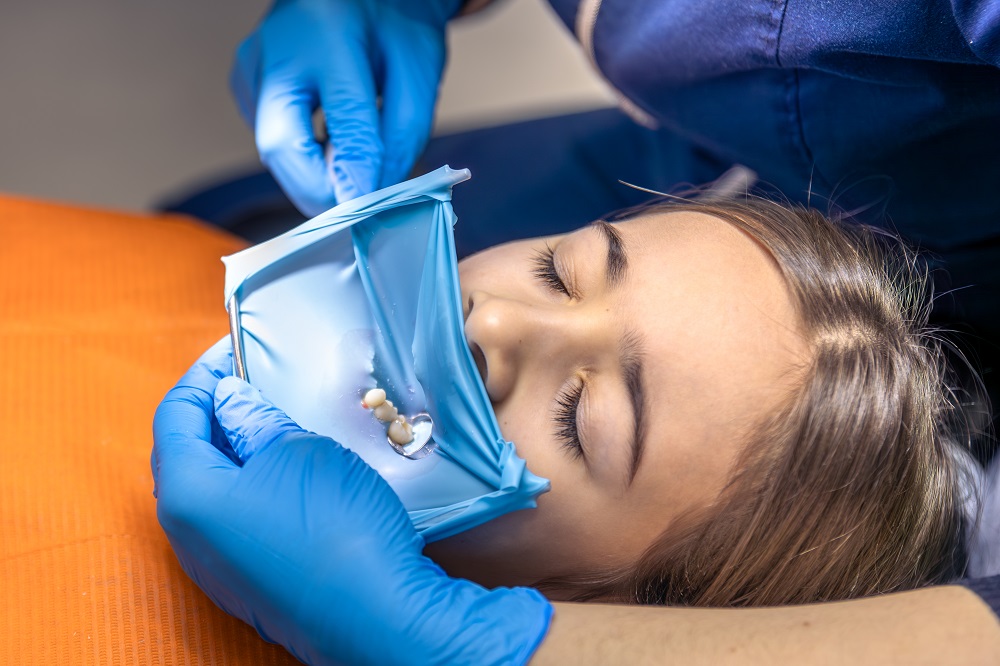How to Finance and Manage the Costs of High-Quality Hospital Equipment?
Equipping a hospital with high-quality medical equipment is essential for delivering top-tier healthcare services. Advanced diagnostic machines, surgical tools, and patient monitoring systems enable hospitals to offer cutting-edge care. However, acquiring and maintaining such equipment comes at a significant cost. For healthcare facilities, financing and managing the costs of high-quality Hospital Equipment is a critical challenge that requires careful planning and smart financial strategies.
This article explores the various methods hospitals can use to finance the acquisition of medical equipment, as well as best practices for managing the long-term costs associated with maintaining these essential devices.
1. Understanding the Costs of High-Quality Hospital Equipment
Before diving into financing strategies, it is essential to understand the full scope of costs associated with high-quality hospital equipment. These costs go beyond just the purchase price of the machines and include a range of expenses that must be accounted for over the equipment’s lifespan.
a. Initial Purchase Costs
The most immediate expense when acquiring high-quality hospital equipment is the purchase cost. Prices vary depending on the complexity of the device, with MRI machines, CT scanners, and robotic surgery systems costing several hundred thousand dollars, if not more. Smaller, specialized equipment such as ultrasound machines or defibrillators also require significant investment.
b. Installation and Training Costs
Once equipment is purchased, it needs to be installed by specialized technicians, and staff need to be trained on how to operate it. These installation and training costs can add significantly to the overall expense, particularly for more advanced machines that require a steep learning curve.
c. Maintenance and Repair Costs
Over time, hospital equipment requires routine maintenance and calibration to ensure it functions properly. In addition, repairs may be necessary to address wear and tear or unexpected breakdowns. These maintenance and repair costs are critical to extending the life of the equipment and avoiding costly replacements.
d. Depreciation and Replacement
High-quality medical equipment will eventually need to be replaced as technology advances or as the equipment ages and becomes less effective. Hospitals need to factor in the depreciation of equipment over time and prepare for replacement costs.
2. Financing Options for High-Quality Hospital Equipment
Given the high cost of medical equipment, hospitals need to explore various financing options to acquire the necessary devices without straining their budgets. Here are some of the most common financing methods:
a. Capital Budgeting and Allocation
One of the traditional ways to finance hospital equipment is through capital budgeting. Hospitals allocate a portion of their annual budget to capital expenditures, which includes medical equipment. This approach requires careful planning and long-term forecasting to ensure that enough funds are set aside for critical purchases. However, capital budgeting can limit a hospital’s ability to invest in other areas, making it essential to prioritize equipment that offers the highest return on investment in terms of patient outcomes and operational efficiency.
b. Leasing Medical Equipment
Leasing medical equipment is a popular option for hospitals that want to avoid the large upfront costs of purchasing equipment outright. With a lease, hospitals pay a monthly fee to use the equipment over a specified period, typically ranging from 3 to 7 years. At the end of the lease term, the hospital may have the option to purchase the equipment at a reduced price or upgrade to newer technology.
Leasing offers several advantages, including lower initial costs, predictable monthly payments, and the ability to upgrade to newer technology more frequently. However, leasing may end up being more expensive over the long term compared to outright ownership.
c. Equipment Financing Loans
Hospitals can also consider equipment financing loans specifically designed for purchasing medical devices. These loans provide hospitals with the funds needed to acquire equipment while allowing them to pay off the cost over time. Interest rates and loan terms vary depending on the financial institution and the creditworthiness of the hospital, but loans offer the advantage of immediate ownership while spreading the cost over several years.
Equipment financing loans can be a good option for hospitals that prefer to own their equipment outright but need flexibility in their payment terms.
d. Government Grants and Subsidies
In some cases, hospitals may be eligible for government grants or subsidies to fund the purchase of essential medical equipment. These grants are typically available to public hospitals, community healthcare centers, and nonprofit organizations and may be tied to specific healthcare initiatives, such as expanding services in underserved areas or improving patient care in critical care settings.
While grants do not have to be repaid, they often come with strict eligibility criteria and require detailed documentation and reporting.
3. Managing the Long-Term Costs of Hospital Equipment
Once equipment is acquired, hospitals need to focus on managing the ongoing costs associated with maintaining and operating the devices. Effective cost management helps ensure the longevity of the equipment while minimizing the risk of costly repairs or replacements.
a. Preventive Maintenance Programs
A proactive preventive maintenance program is essential for managing the long-term costs of high-quality hospital equipment. By scheduling regular maintenance checks, calibrations, and cleaning, hospitals can prevent equipment failures and extend the life of their machines. Preventive maintenance also helps ensure that devices remain in compliance with safety and regulatory standards.
Many equipment manufacturers offer service contracts that include routine maintenance as part of the purchase package. Hospitals should evaluate these contracts carefully to ensure they cover all necessary services and offer good value for money.
b. Asset Tracking and Utilization Monitoring
Hospitals can use asset tracking systems to monitor the usage and performance of medical equipment. By collecting data on how often a device is used and in what capacity, hospitals can identify underutilized equipment and make informed decisions about resource allocation. For example, if a particular machine is rarely used, it may be more cost-effective to lease or share the equipment with another healthcare facility rather than owning it outright.
Utilization monitoring also helps hospitals avoid over-purchasing equipment that may not be necessary, further reducing capital expenditure.
c. Refurbished and Used Equipment
Another strategy for managing costs is to consider purchasing refurbished or used medical equipment. Reputable suppliers offer refurbished machines that have been fully tested, restored, and certified to perform as well as new devices. Refurbished equipment typically costs significantly less than new equipment, making it an attractive option for hospitals looking to reduce expenses while still acquiring high-quality devices.
Used equipment is especially useful for secondary or backup devices, where state-of-the-art technology may not be necessary.
d. Training and Education for Staff
Properly trained staff can help hospitals manage the costs of medical equipment by ensuring that devices are used correctly and maintained properly. Training programs for healthcare professionals and biomedical engineers reduce the risk of improper usage, which can lead to breakdowns or equipment damage. Additionally, well-trained staff can perform basic maintenance tasks, reducing the need for external service calls.
4. Planning for Equipment Upgrades and Replacements
As technology evolves, hospitals must plan for the eventual upgrade or replacement of their equipment. Medical devices have a limited lifespan, and new technology can offer improved capabilities, better patient outcomes, and increased efficiency.
a. Lifecycle Management
Hospitals should adopt a lifecycle management approach to their equipment, tracking the age, condition, and performance of each device. By anticipating when equipment will need to be replaced, hospitals can plan for the necessary capital expenditures or begin the process of securing financing.
b. Technology Assessment and Future-Proofing
Before purchasing new equipment, hospitals should perform a technology assessment to ensure that the device is future-proofed as much as possible. This involves evaluating whether the equipment can be upgraded with software or hardware enhancements, how it integrates with existing systems, and whether it meets anticipated future needs.
Planning for future technological advancements helps hospitals avoid premature obsolescence and ensures they continue to offer the highest quality of care.
Conclusion
Financing and managing the costs of high-quality hospital equipment is a complex but essential part of running a modern healthcare facility. By exploring different financing options, including capital budgeting, leasing, loans, and grants, hospitals can acquire the necessary equipment without straining their financial resources. Once the equipment is in place, adopting effective cost management strategies—such as preventive maintenance, asset tracking, and staff training—helps ensure the long-term performance of the devices while keeping costs under control.
In the ever-evolving healthcare landscape, planning for upgrades and replacements is also critical. By staying ahead of technology trends and making informed investment decisions, hospitals can provide top-quality care while maintaining financial stability.














Post Comment